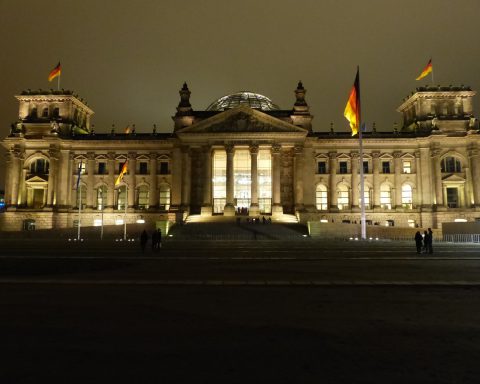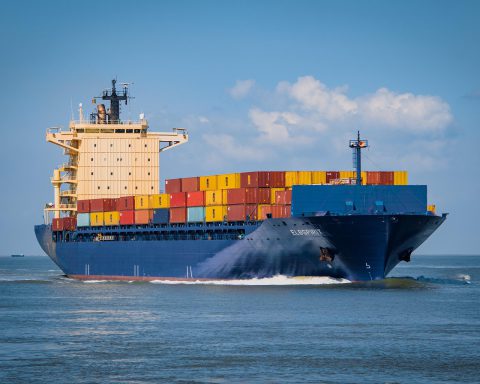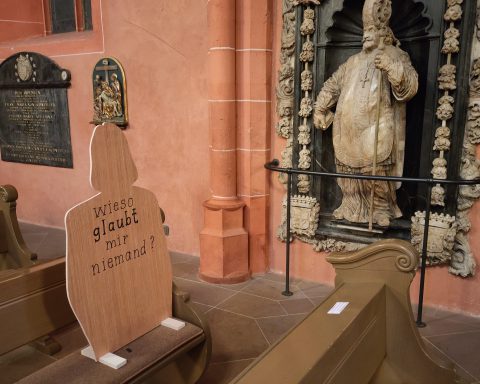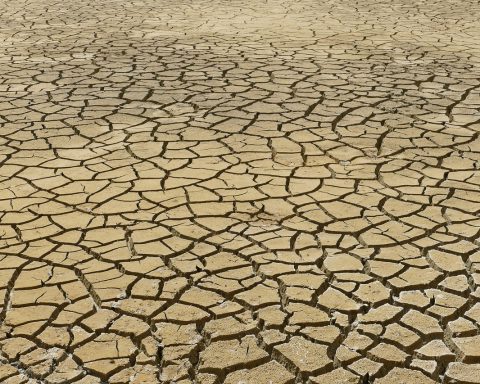Remember when two weeks ago Elon Musk presented his plan to send a million people to Mars within this century? Forget about it. Musk’s plan is technologically unfeasible and prohibitively expensive. It is the world’s public space agencies that continue calling the shots, and they are ambitious indeed. We are witnessing the advent of the second age of space exploration.
Yesterday, European Space Agency’s (ESA) ExoMars Trace Gas Orbiter went into orbit around the Red Planet. Europe’s second Mars satellite raises the total number of missions operating on or around our neighbour to eight: one Indian, two European, and five American.
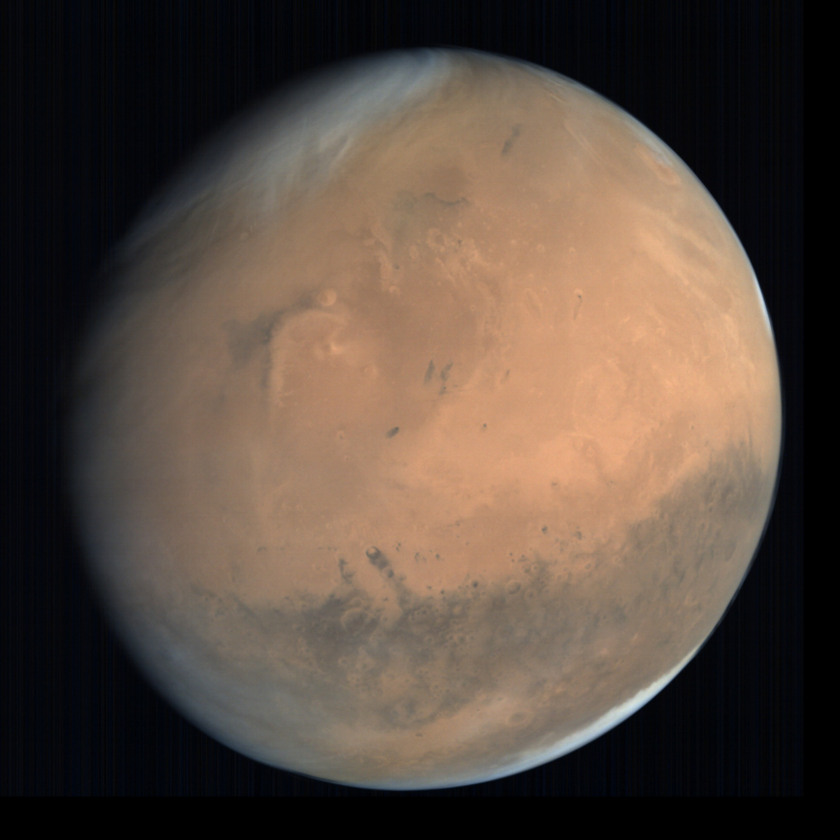
This is an unprecedented moment in human history, but it is only the beginning of a whole swarm of space probes that are due to be launched to Mars between 2018 and 2020.
The US, Europe, Russia, the United Arab Emirates, China and India are all planning further missions to Mars in the near future, including three rovers.
Mars is the planet in our solar system that is most like the Earth. Lying within the sun’s inhabitable zone, Mars possesses vast reservoirs of water, ice and carbon dioxide. Its surface gravity is a little over a third of the Earth’s. As opposed to the moon, its day is just a little longer than ours.
The thin atmosphere of Mars filters out some solar radiation, and despite its freezing temperatures, its climate is relatively hospitable. If humans do venture out into space, Mars is likely to be our primary destination. That’s why NASA is currently constructing the Space Launch System (SLS).
SLS is the first rocket that is capable of sending humans beyond low-Earth orbit since the Apollo moon programme.
The joint NASA/ESA Orion capsule will be capable of providing astronauts with a deep space habitat. Hooked up to SLS, Orion will complete its first unmanned orbit around the moon in September 2018. Three years later, a manned mission will go into lunar orbit. The SLS/Orion system could theoretically send a human mission to Mars.
But Mars is not the only target of space exploration.
The European Space Agency is at the forefront of the exploration of the greater solar system.
The Rosetta mission, which was first to enter into orbit around and land on a comet, is considered one of the greatest success stories of space exploration. In 2018, ESA probe BepiColombo will take off to study the magnetic properties of Mercury. The ESA mission JUICE, due to launch in 2022, will study the icy moons of Jupiter.
At the same time, NASA is sending both an orbiter and a lander to Jovian moon Europa, which harbours a liquid water ocean underneath its icy crust. The discovery of life on another world is likely to occur within our lifetime, and it will surely be one of the biggest scientific findings in human history.
I don’t want to understate the importance of private space actors. SpaceX continues to make headlines with its amazing achievements in terms of the reusability of its rockets, and Europe’s Arianespace has provided the continent with the most reliable rocket system currently available.
Increasing competition in this area will likely continue to drive down the cost of getting things into space, making space tourism economically feasible. Meanwhile, companies like Planetary Resources pursue ambitious plans to mine asteroids for precious metals.
Once it is possible to make money with space exploration, humanity will experience a new industrial revolution.
If you live in Leipzig, and would like to get involved with space, you are in luck. Leipzig is host to International Space Education Institute and the Jesco von Puttkamer Space School, named after the NASA chief who was born in our city. Get in touch, if you would like to learn more about space or participate in the school’s rover challenge. Apart from that, the German Space Exhibition is located just a two-hour drive from Leipzig in Morgenröthe-Rautenkranz.



